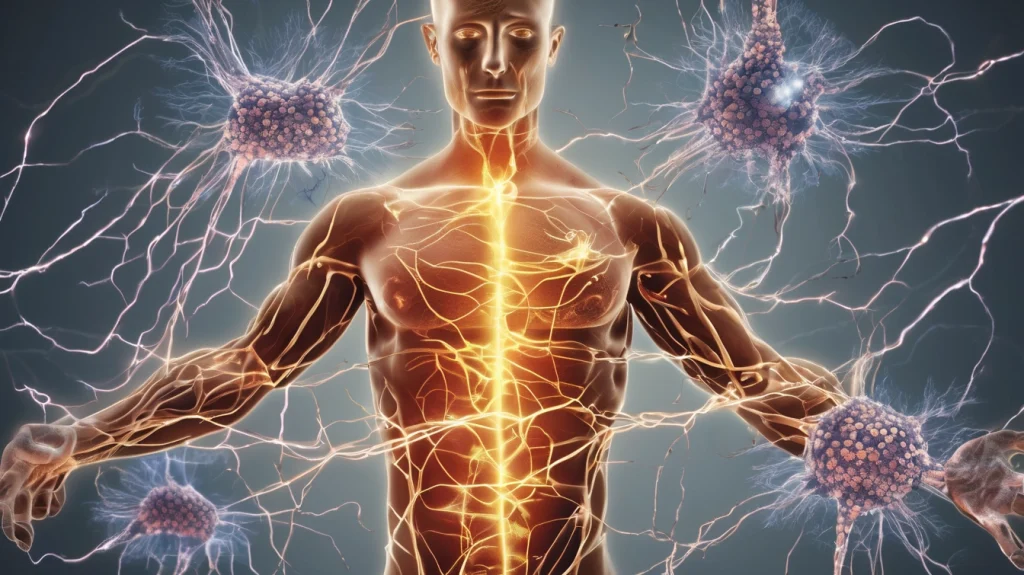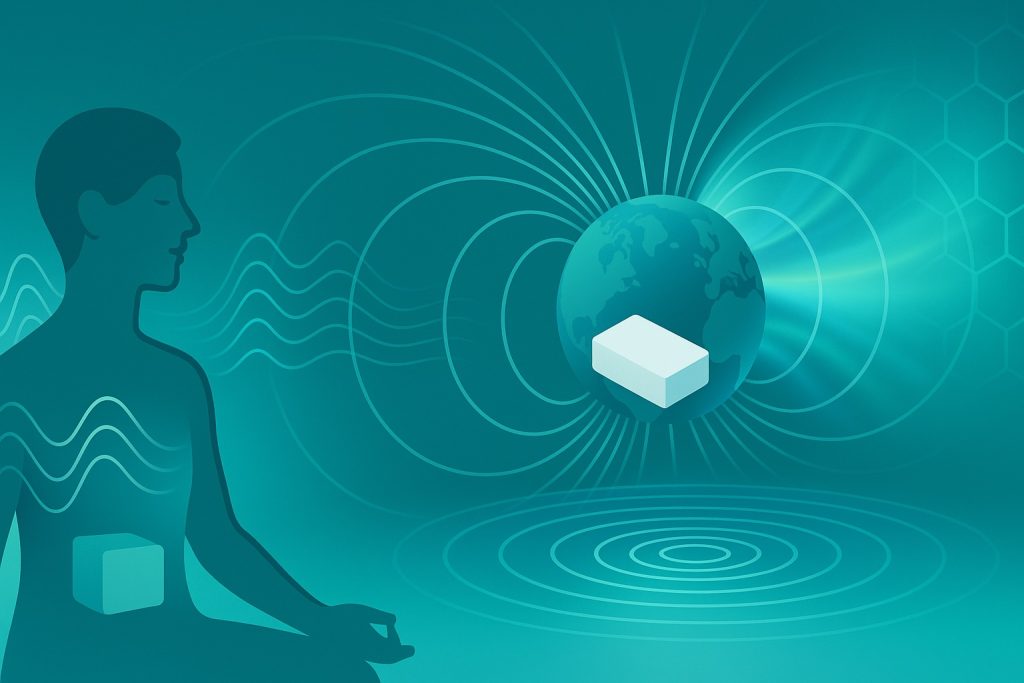Magnetic fields in veterinary medicine – more than just a curiosity
Did you know that magnetic field therapies are used in veterinary medicine with excellent health effects? That is, simply put, it is possible to effectively support the bodies of animals – horses, cows, cats, dogs, etc.
The proof, which we can share with you for now, includes. An excerpt from an interview with Janusz Dabrowski by p. Beata Brzeziak, a certified equine physiotherapist.
📣 QUOTE:
“Can magnetotherapy be used in veterinary medicine?
Janusz Dabrowski: Not only can, but should. The basic principles governing processes in human and animal organisms are virtually identical, right? Of course, the functioning of species is different in many areas, but there are no fundamental differences between medicine and veterinary medicine. Human and animal organisms are governed by the same laws, because they are energy-information systems controlled by electromagnetic fields.”
Magnetostimulation in veterinary practice 🐴🐶
Like humans, animals can also be exposed to electromagnetic fields – and with very good results. The advantage of many modern field pulsators (such as the MIM-2 Modular Magnetic Impulsator) is that they can be used wirelessly in field conditions – in pastures, stables or during transport. The applicators can be attached directly to the animal’s body, ensuring the comfort and effectiveness of the therapy.
Not only rehabilitation after injuries, but also prevention of injuries, improvement of recovery and support of overall body condition are the most common goals of magnetostimulation in animals.
The most common applications of PEMF therapy in animals:
- Inflammation of muscles, joints, tendons,
- Recovery from fractures and injuries,
- Mobility and motor support,
- Stress, anxiety, overload associated with sports competitions,
- Improving circulation, detoxification and oxygenation of tissues,
- Accelerate wound healing, including postoperative wounds.
🔬 Evidence from practice and research
Experts such as Dr. Allen M. Schoen and Dr. Susan G. Wynn describe in their publications (e.g., Complementary and Alternative Veterinary Medicine) the effects of pain reduction of up to 60-70%, faster fracture healing and increased mobility in treated animals.
It’s worth noting: many animal organisms – such as horses – respond even faster than the human body to pulsed magnetic fields, opening up a wide range of possibilities for supporting the health of pets and livestock.
🌐 Related links:
- Magnetostimulation and magnetorelaxation in veterinary medicine – full article
- PEMF applications in the context of stress and tension
- How MIM-2 works on the body – basic section
📚 The full interview with Janusz Dabrowski can be found at: http://januszdabrowski.pl/, PUBLICATIONS section
“Did you know that magnetic field therapies are used in veterinary medicine with excellent health effects? That is, it is simply possible to effectively support the bodies of animals – horses, cows, cats, dogs, etc.
Proof that we can share with you for now, among others. An excerpt from an interview with Janusz Dabrowski by p. Beata Brzeziak, a certified equine physiotherapist.
CYT:
“Can magnetotherapy be used in veterinary medicine?
Mr. J.D.: Not only can, but should. The basic principles governing processes in human and animal organisms are virtually identical, right? Of course, the functioning of species is different in many areas, but there are no fundamental differences between medicine and veterinary medicine. Human and animal organisms are governed by the same laws, since they are energy-information systems controlled by electromagnetic fields.
Like humans, animals can also be treated with magnetic fields. This method is already being used around the world with great success in both small and large animals. Especially since some types of pulsed magnetic field applicators with independent power supply and resistant to mechanical damage allow animals to move around fully. They can be easily attached to the animal’s body and allowed to stay in the pasture, outside the stalls.
It is advisable to use magnetostimulation continuously, on a long-term basis, both in rehabilitation and in prevention. Particularly recommended for faster rehabilitation of musculoskeletal injuries in healthy animals (e.g. horses) in the prevention of injuries and to improve performance.
Magnetostimulation stimulates the regenerative processes of animal organisms by activating their natural forces. It increases cell metabolism, supports the dynamics of ion exchange, regulates blood circulation improves oxygen supply to cells and accelerates the removal of toxins from the body. As a result, regeneration processes and recovery from illnesses are accelerated.
Typical magnetostimulation applications for animals:
– Chronic and acute inflammation of joints, tendons, tendon sheaths and muscles,
– Injuries to joints including large ones (spine),
– Muscle and tendon injuries (ruptures),
– Fractures, dislocations, sprains,
– Spinal and musculoskeletal degeneration,
– Wound healing (including burns),
– hematomas,
– Improved vitality and overall regeneration,
– cardiovascular disorders,
– motor disorders,
– gastrointestinal disorders,
– Stress (especially related to sports competitions),
– neurological disorders
The pioneers of the use of magnetic therapy in the treatment of animals are recognized experts, veterinarians Allen M. Schoen, MD, PhD. Susan G. Wynn (authors of the textbook “ Complementary and Alternative Veterinary Medicine: Principles and Practice” (“Complementary and Alternative Veterinary Medicine: Principles and Practice,” Mosby edition, 1997), Dr. Shawn Messonnier, Dr. Michael R Strazza, Dr. James E. Bullock, Dr. Kevin J. May. Their studies have shown, among other things, a reduction in pain in 60÷70% of cases, acceleration of fracture healing by 40÷50%, and significant improvements in mobility.”
The text of the full interview with Janusz Dabrowski can be found at http://januszdabrowski.pl/, PUBLICATIONS section
EXCLUSIVE: http://pegazfizjoterapiakoni.pl/wywiad-z-panem-januszem-dabrowskim/




